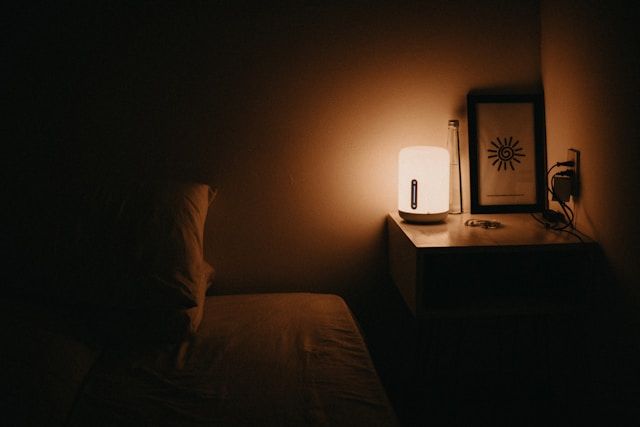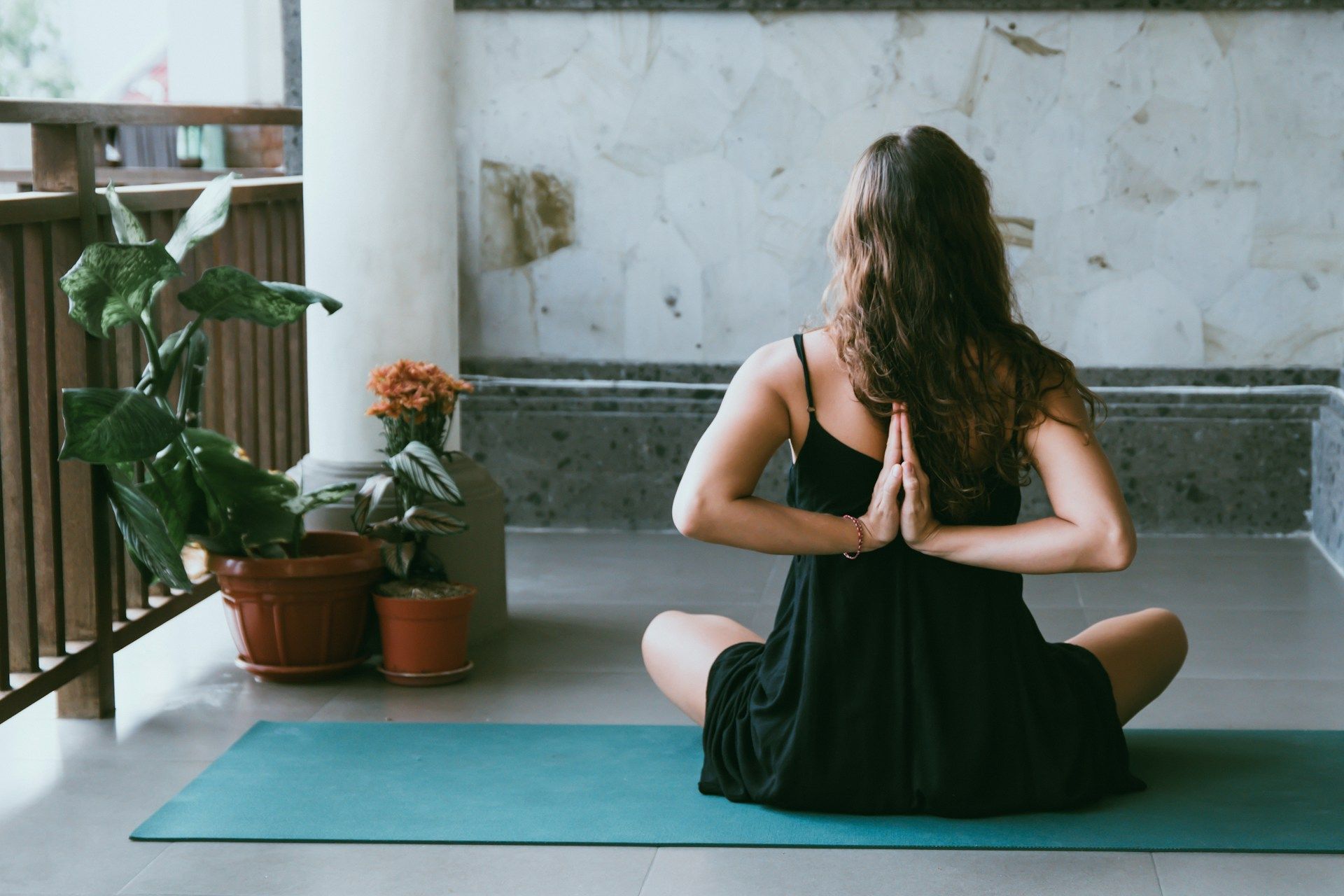How To Sleep Comfortably With A Herniated Disc (And Best Pillow)

Sleeping with a herniated disc can be painful and frustrating, often leading to poor rest and rough mornings. In this guide, we’ll cover how to ease the pain and find the best sleep positions to help you get through the night more comfortably.
Why Is a Herniated Disc Worse at Night?
Lying the wrong way puts more pressure on the disc and nerves, making pain worse and recovery slower. That’s why finding the right sleep position is so important.
Herniated discs can cause more pain at night due to your sleeping position.
Your spine changes position when lying down making it more likely that you'll suddenly twist the wrong way which can irritate nerves near the affected disc and cause stress (pain!)

How To Sleep Comfortably With a Herniated Disc
Sleeping with a herniated disc isn’t always easy. But some lifestyle changes, sleeping positions, and other tips can help you quickly reach dreamland.
Best Sleeping Positions for a Herniated Disc
When dealing with a herniated disc, the goal is to ease pressure on the affected area. What works for one person might not work for another, so it’s worth trying a few positions to see what feels best for your body.
Here are some of the most effective sleep positions for herniated disc relief:
Side Sleeping
- Sleeping on your side can help align your spine and reduce pressure on the disc. But it’s not just about turning sideways, make sure your shoulders stay in line and your back remains straight for proper support.
Back Sleeping
- Lying on your back can also ease discomfort. Try placing a pillow under your knees to help take pressure off your lower back. Just be sure your head and neck are aligned to avoid straining other areas.
Reclining Position
- The reclining position supports both your head and knees with pillows, which can reduce pressure on the spine, especially if your herniated disc is in your neck. Avoid lumpy or unsupportive pillows for the best results.
Fetal Position
- Curling up in the fetal position, on your side with your knees drawn toward your chest, can also relieve pressure on the spine. For many, it’s the most comfortable position to sleep with a herniated disc.
Best Pillow For A Slipped Disc
Memory foam pillow benefits are the best choice and selecting an optimal pillow with neck support can improve your sleep quality (Jeon et al., 2014).
So, alongside trying new sleeping positions, you can also add supportive pillows and mattresses into your bedtime routine.
The Groove Neck Support Pillow is designed to promote pain-free mornings, optimal spinal alignment, and better sleep quality.
Shop Groove Original Memory Foam Pillow
Memory foam pillows are known for promoting better pressure distribution, reducing neck fatigue and sleep comfort (Shen et al., 2012). If you have a herniated disc, this extra support can leave you with less discomfort and a more restful night.
Perfect if you’ve been seeking a solution for your restless nights.
Experiencing pain in your lower back?
The Groove X provides lower-back support for lower spine complaints.
Just make sure you know how to sleep on a memory foam pillow before you get started.
Shop Groove Knee PillowExercise and Stretches for a Herniated Disc
Adjusting your sleeping position and refreshing your bed aren’t the only ways to increase your evening comfort. You can also add exercises and stretches into your daily routine.
Exercise can help to promote healing and lessen pain by increasing blood flow to the injury site, building muscle strength, improving bad posture, and decreasing spinal stress (Lovell, 2021).
Popular at-home exercises for a herniated disc include:
- Head lifts
- Neck extensions
- Chin tucks
- Shoulder retractions
- Knee-to-chest stretches
However, consult your regular doctor before starting any new exercises.
Sometimes, these exercises can cause additional injury due to a lack of proper technique, so proceed only once you have medical approval.

When To Seek Medical Attention
Typically, herniated discs get better in approximately four weeks. But if you’re still experiencing pain or numbness after six weeks or the pain suddenly gets worse, it’s time to consult a medical professional.
Explore our memory foam pillow collections today to add some extra support to your sleep.
Shop All Memory Foam PillowsReferences
- Adam, K. and Oswald, I. (1984). Sleep helps healing. BMJ, 289(6456), pp.1400–1401. doi:https://doi.org/10.1136/bmj.289.6456.1400.
- Dydyk, A.M., Ruben Ngnitewe Massa and Mesfin, F.B. (2022). Disc Herniation. [online] Nih.gov. Available at: https://www.ncbi.nlm.nih.gov/books/NBK441822/#:~:text=The%20most%20common%20cause%20of.
- Jeon, M.Y., Jeong, H., Lee, S., Choi, W., Park, J.H., Tak, S.J., Choi, D.H. and Yim, J. (2014). Improving the Quality of Sleep with an Optimal Pillow: A Randomized, Comparative Study. The Tohoku Journal of Experimental Medicine, [online] 233(3), pp.183–188. doi:https://doi.org/10.1620/tjem.233.183.
- Lovell, K. (2021). Exercises and Stretches for Herniated Disc Pain. [online] Healthcentral.com. Available at: https://www.healthcentral.com/condition/herniated-disc/exercises-stretches-herniated-disc-pain.
- Medic, G., Wille, M. and Hemels, M. (2017). Short- and long-term Health Consequences of Sleep Disruption. Nature and Science of Sleep, [online] 9(9), pp.151–161. doi:https://doi.org/10.2147/nss.s134864.
Shen, L.M., Hou, J.J., Zhu, Y.D. and Song, J. (2012). The Influence of Pillow Material on Body Distribution and Sleeping Comfort in Supine Position. Applied Mechanics and Materials, 201-202, pp.30–33. doi:https://doi.org/10.4028/www.scientific.net/amm.201-202.30.

